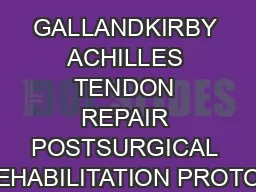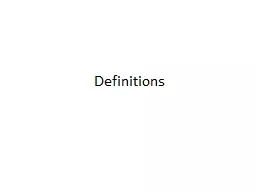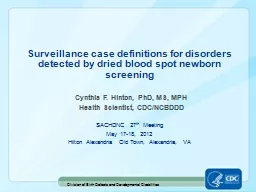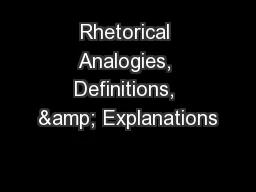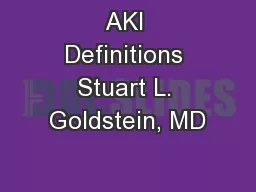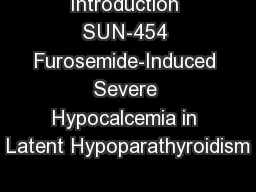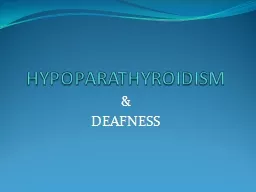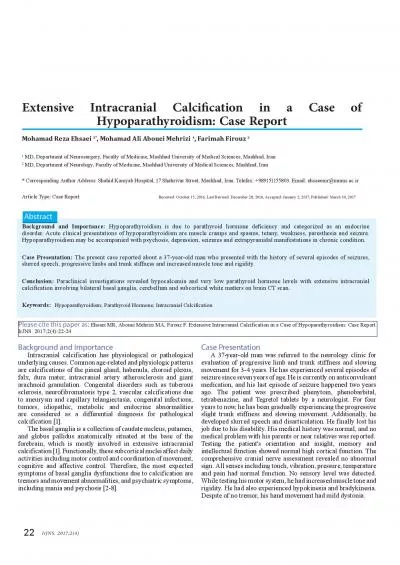PPT-Postsurgical hypoparathyroidism definitions and management
Author : min-jolicoeur | Published Date : 2020-04-03
AACEACE Disease State Clinical Review 2015 INTRODUCTION Postsurgical hypoparathyroidism is the most common and often the most troubling longterm consequence
Presentation Embed Code
Download Presentation
Download Presentation The PPT/PDF document " Postsurgical hypoparathyroidism definit..." is the property of its rightful owner. Permission is granted to download and print the materials on this website for personal, non-commercial use only, and to display it on your personal computer provided you do not modify the materials and that you retain all copyright notices contained in the materials. By downloading content from our website, you accept the terms of this agreement.
Postsurgical hypoparathyroidism definitions and management: Transcript
Download Rules Of Document
" Postsurgical hypoparathyroidism definitions and management"The content belongs to its owner. You may download and print it for personal use, without modification, and keep all copyright notices. By downloading, you agree to these terms.
Related Documents


